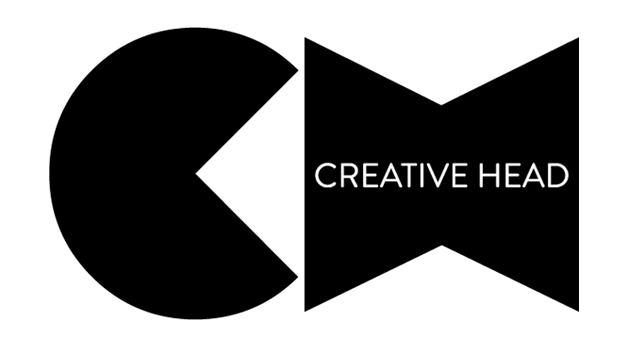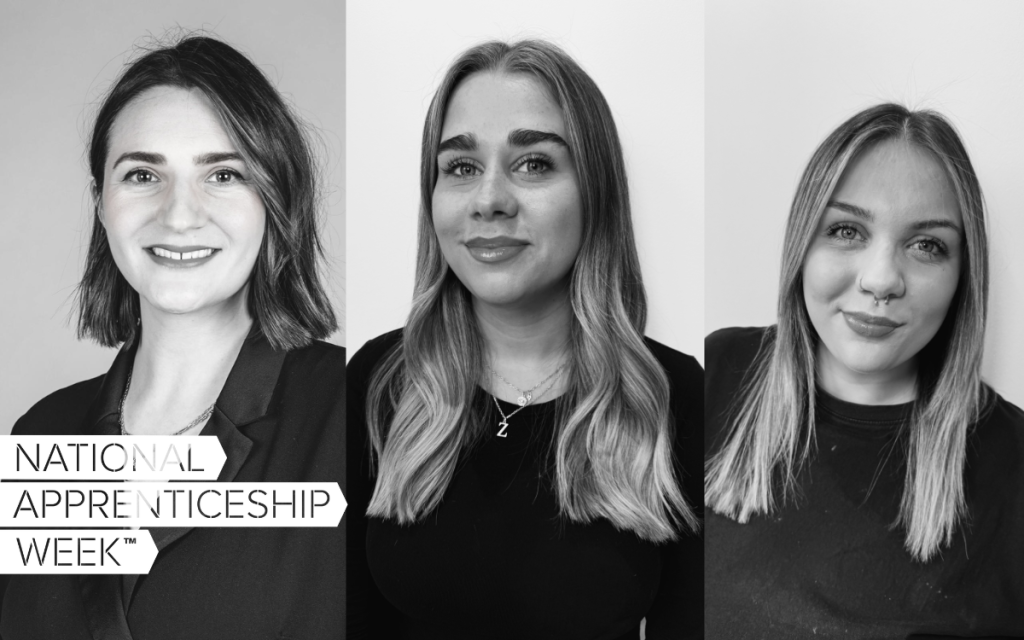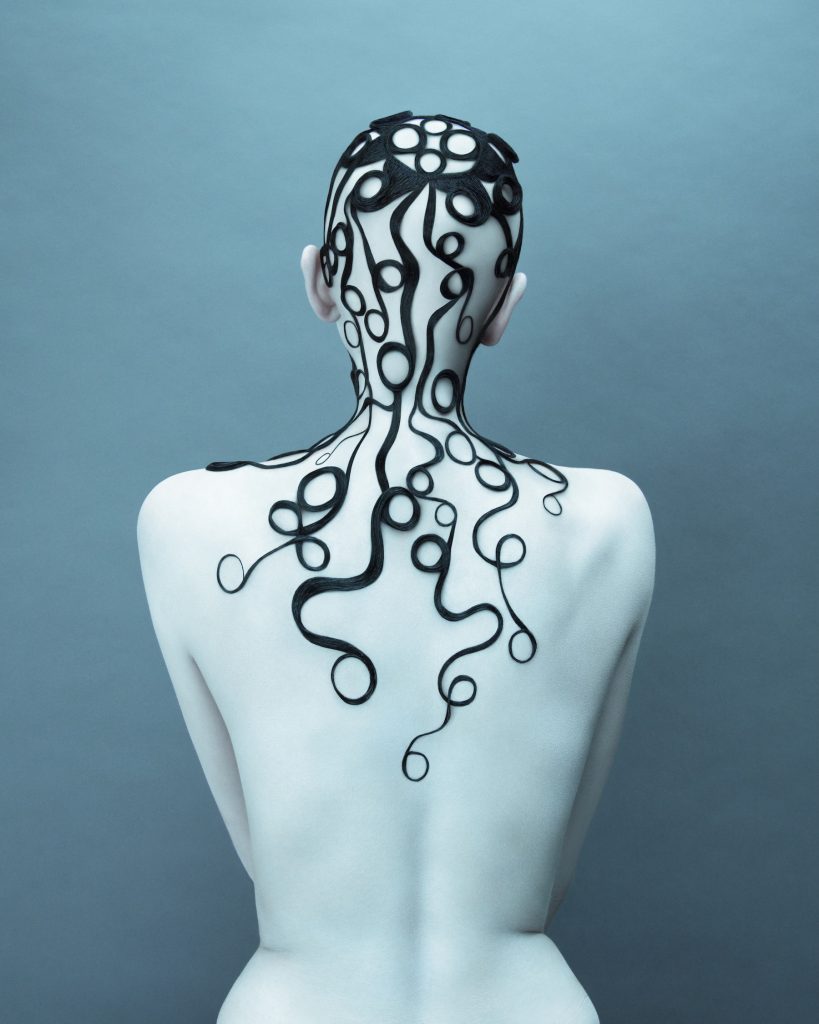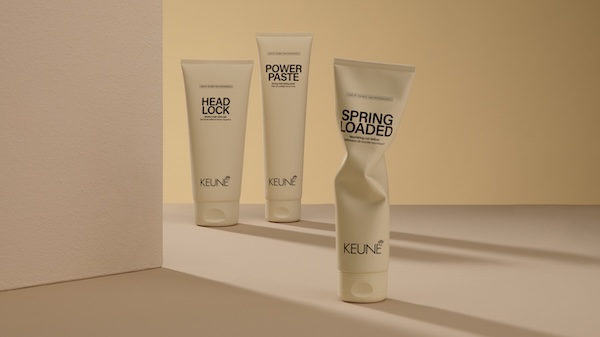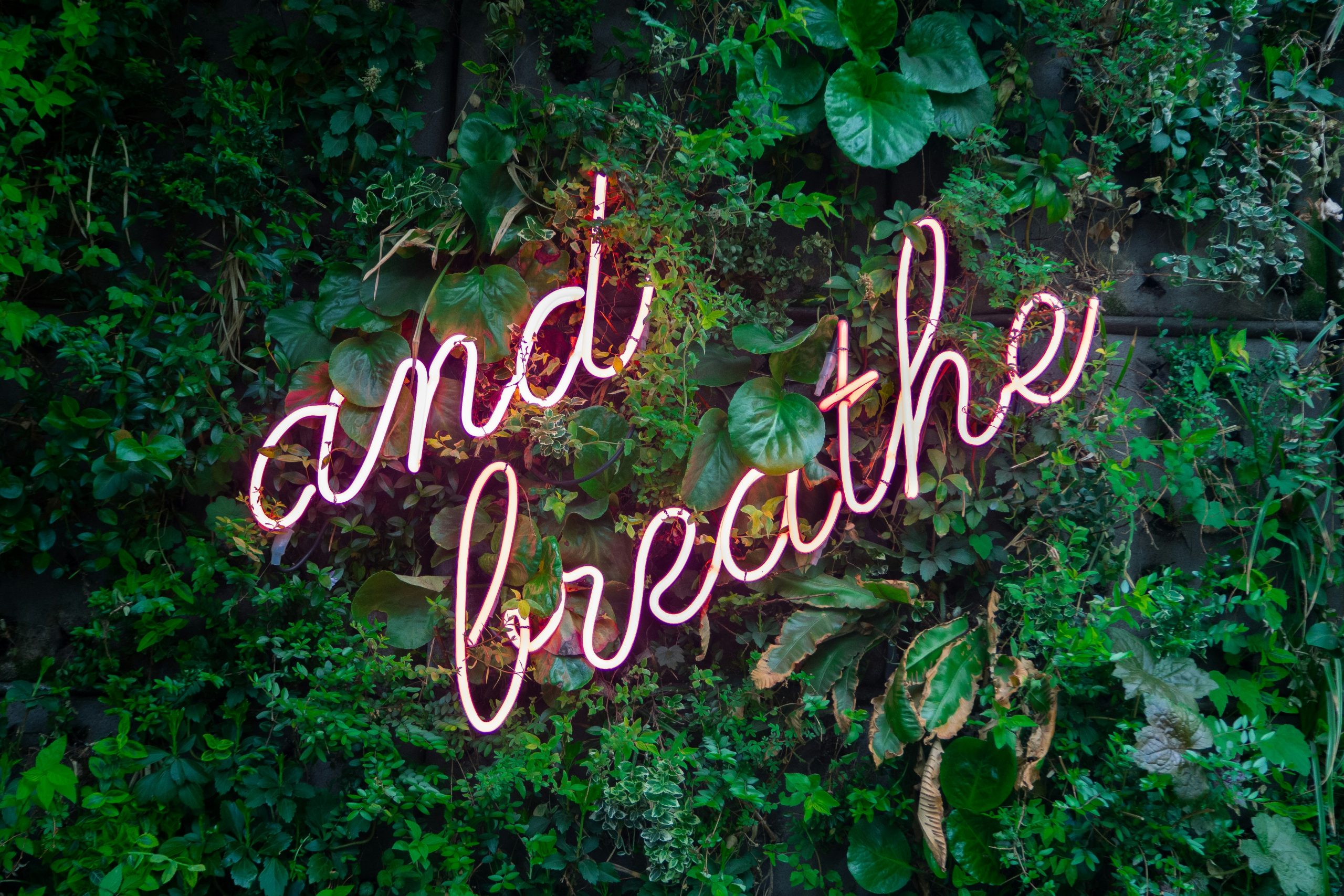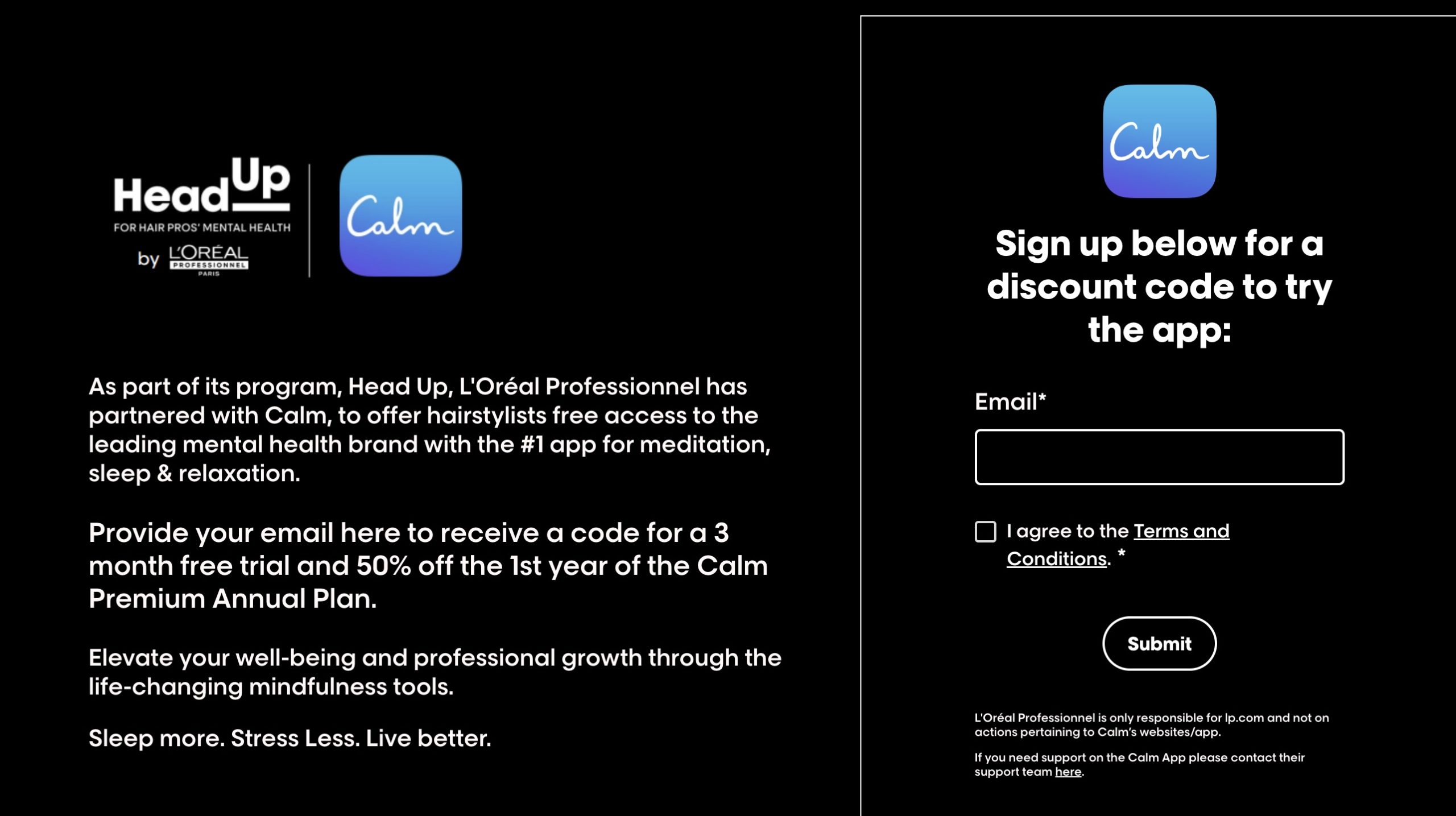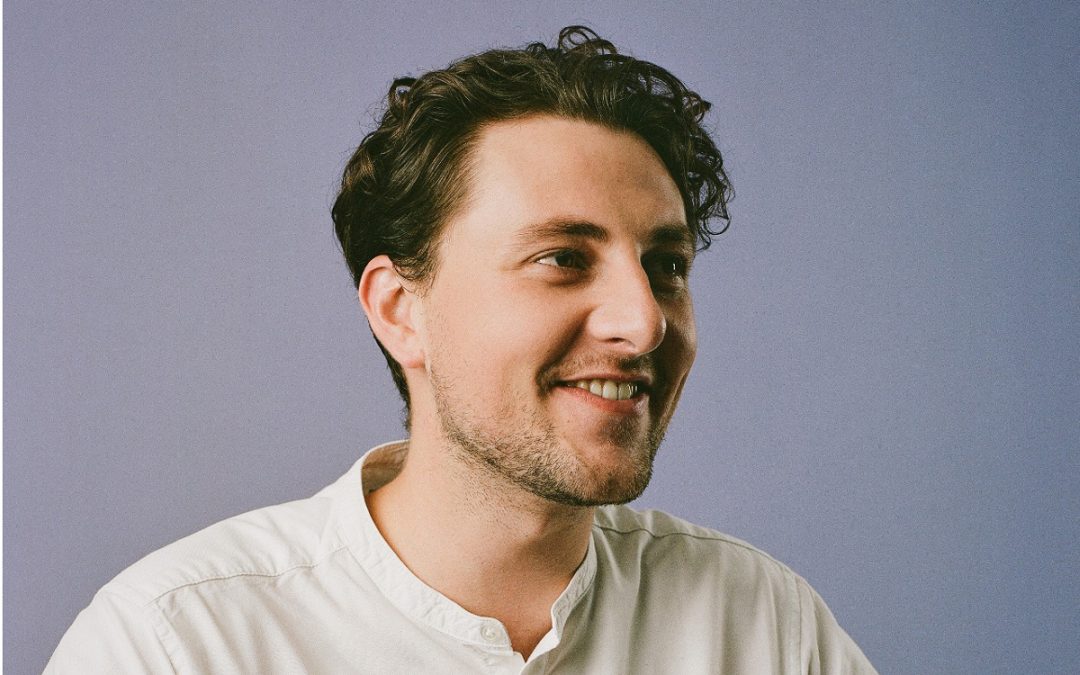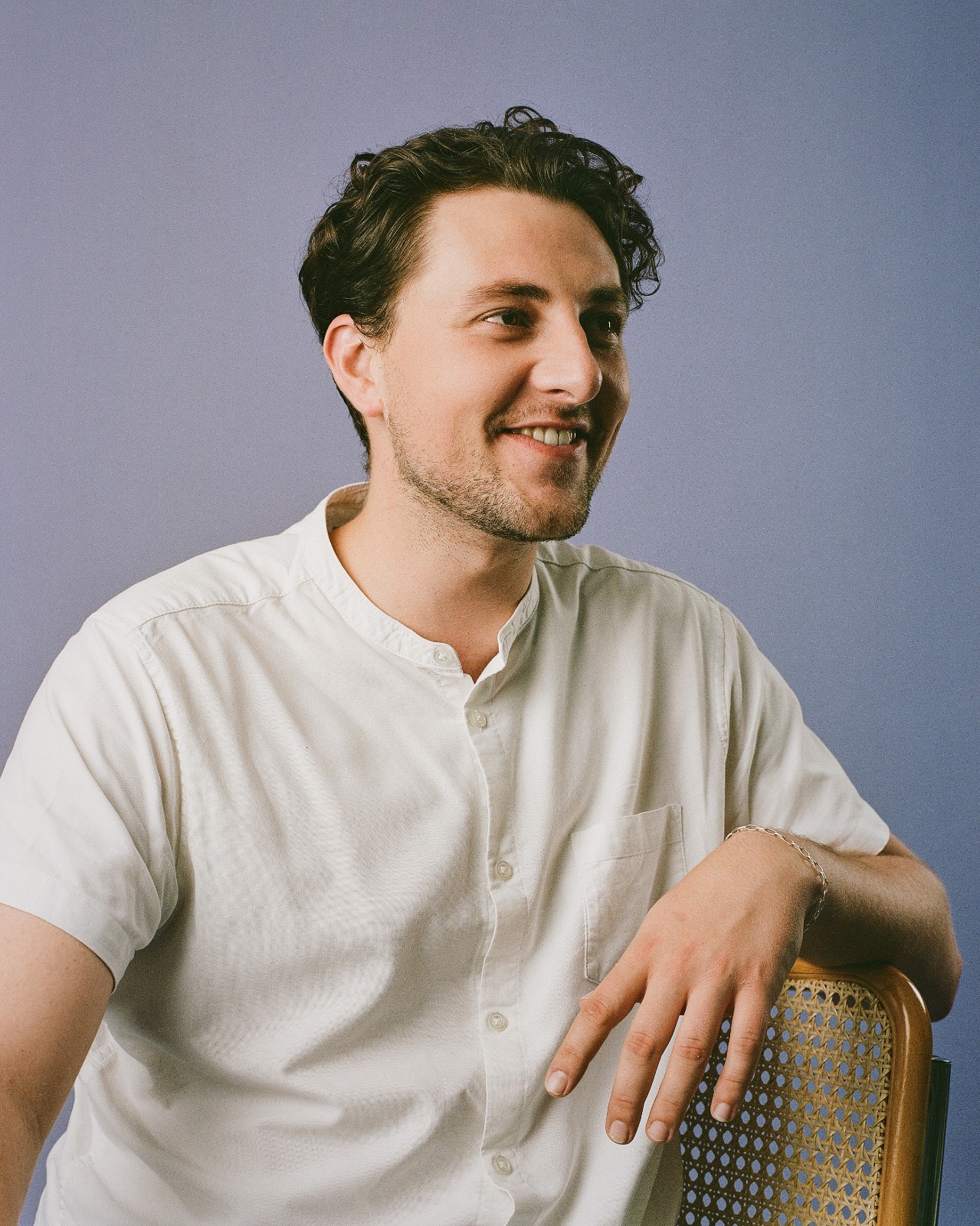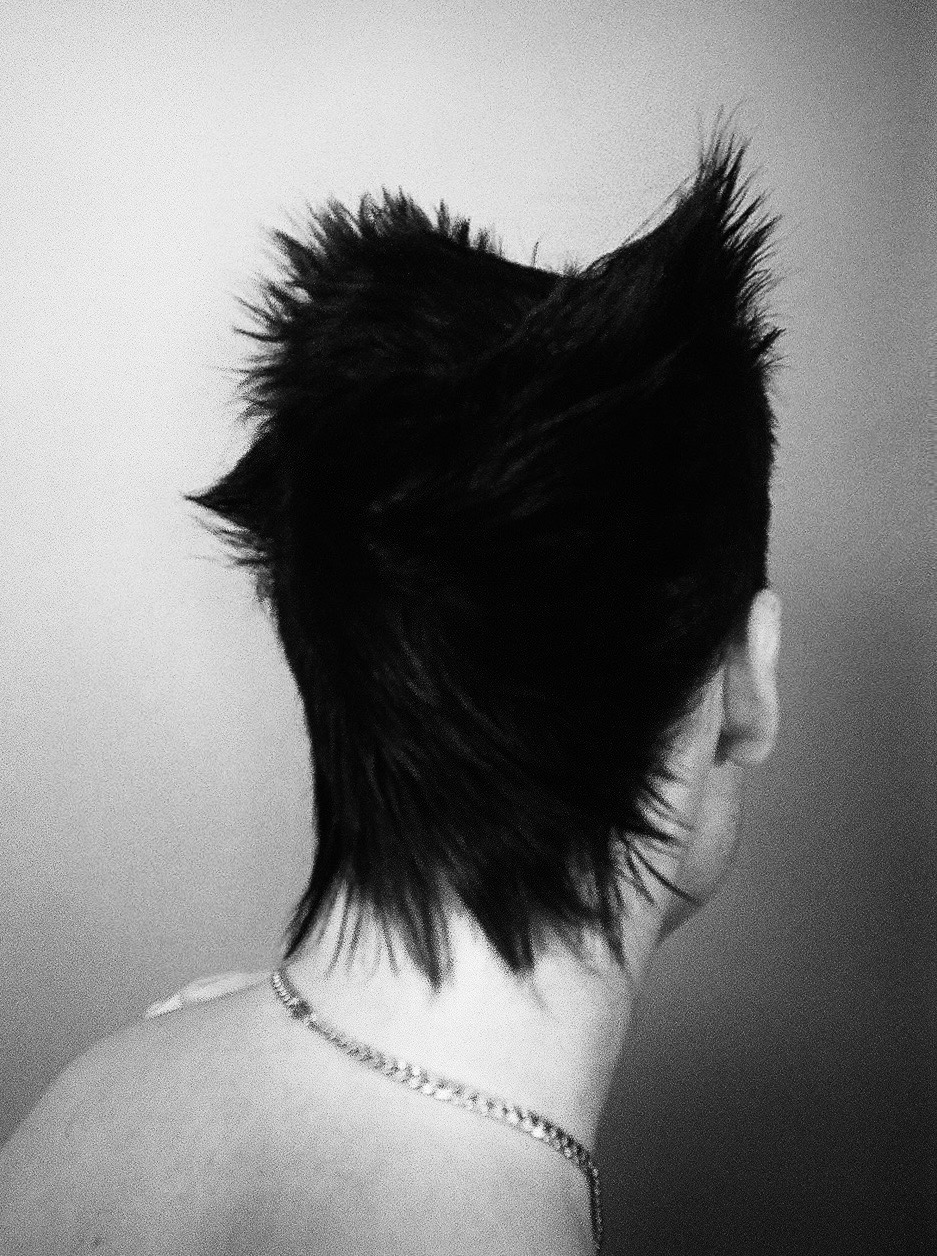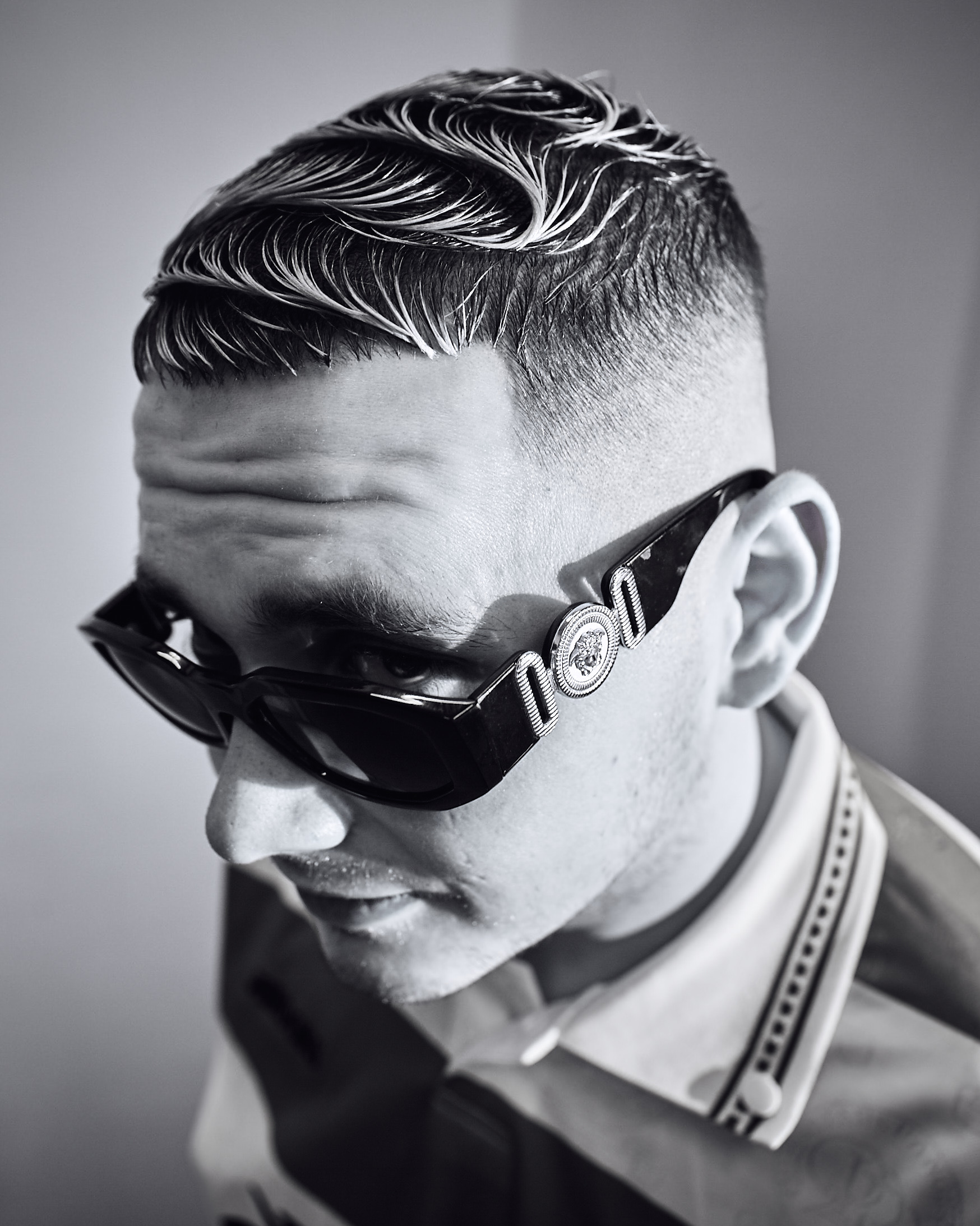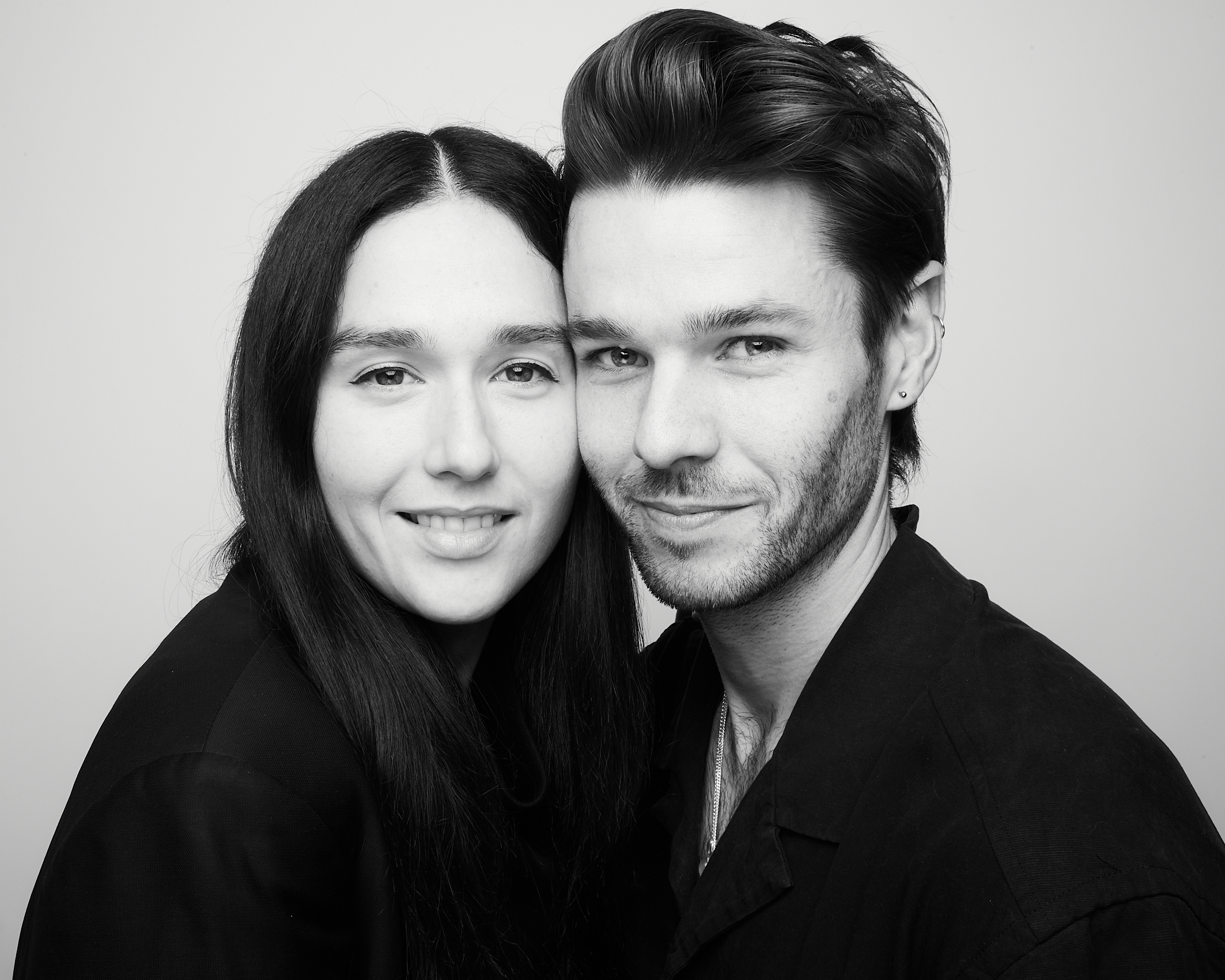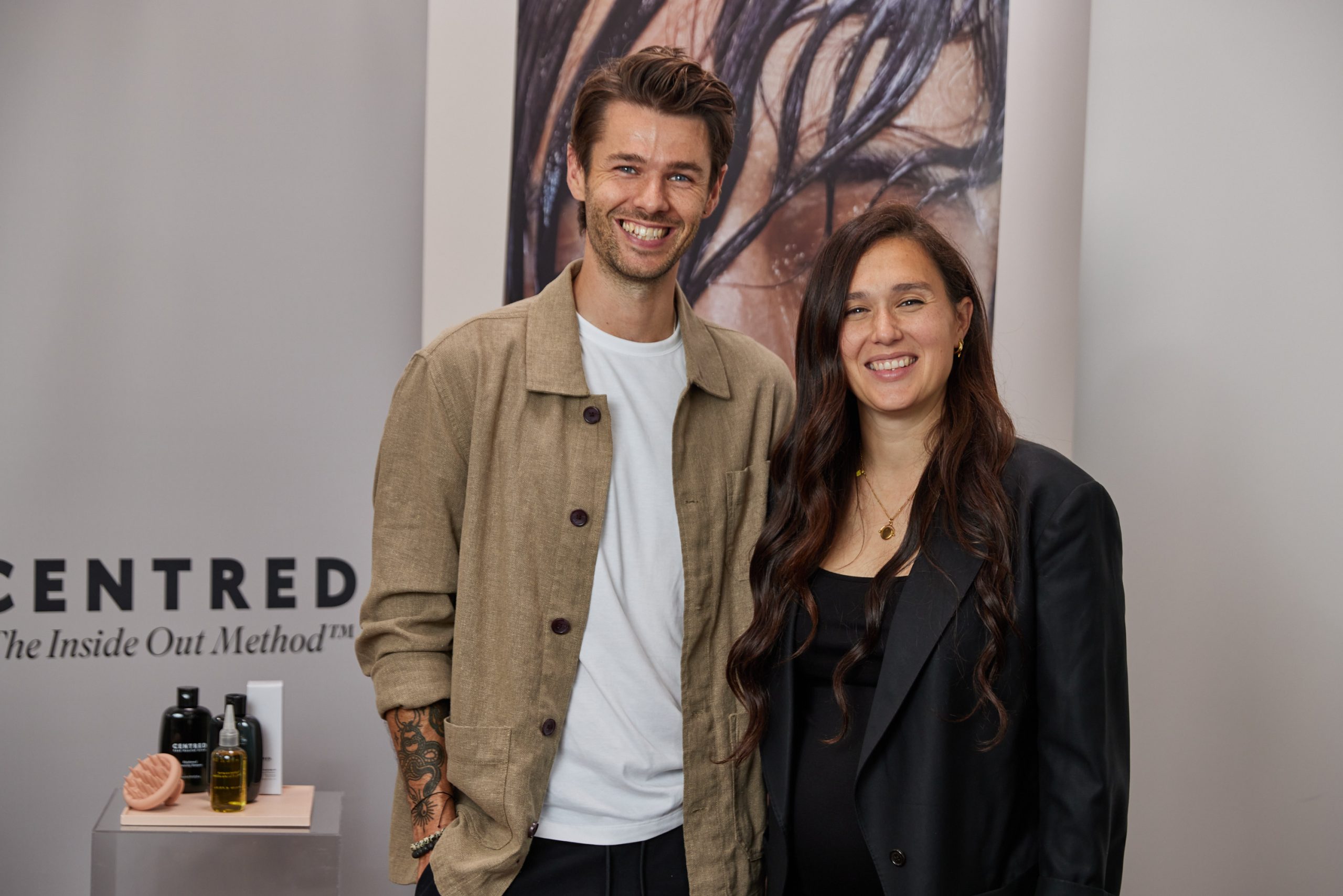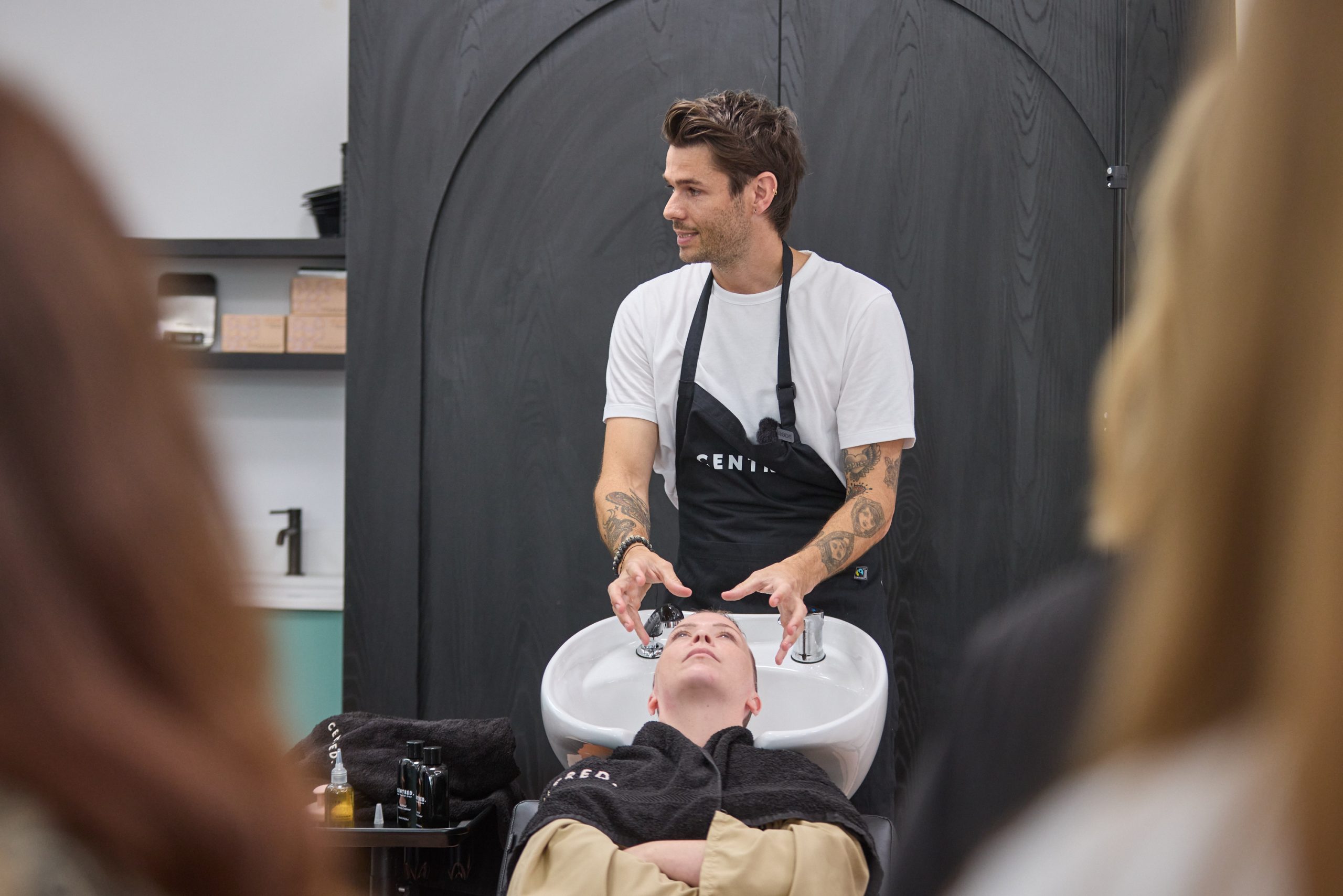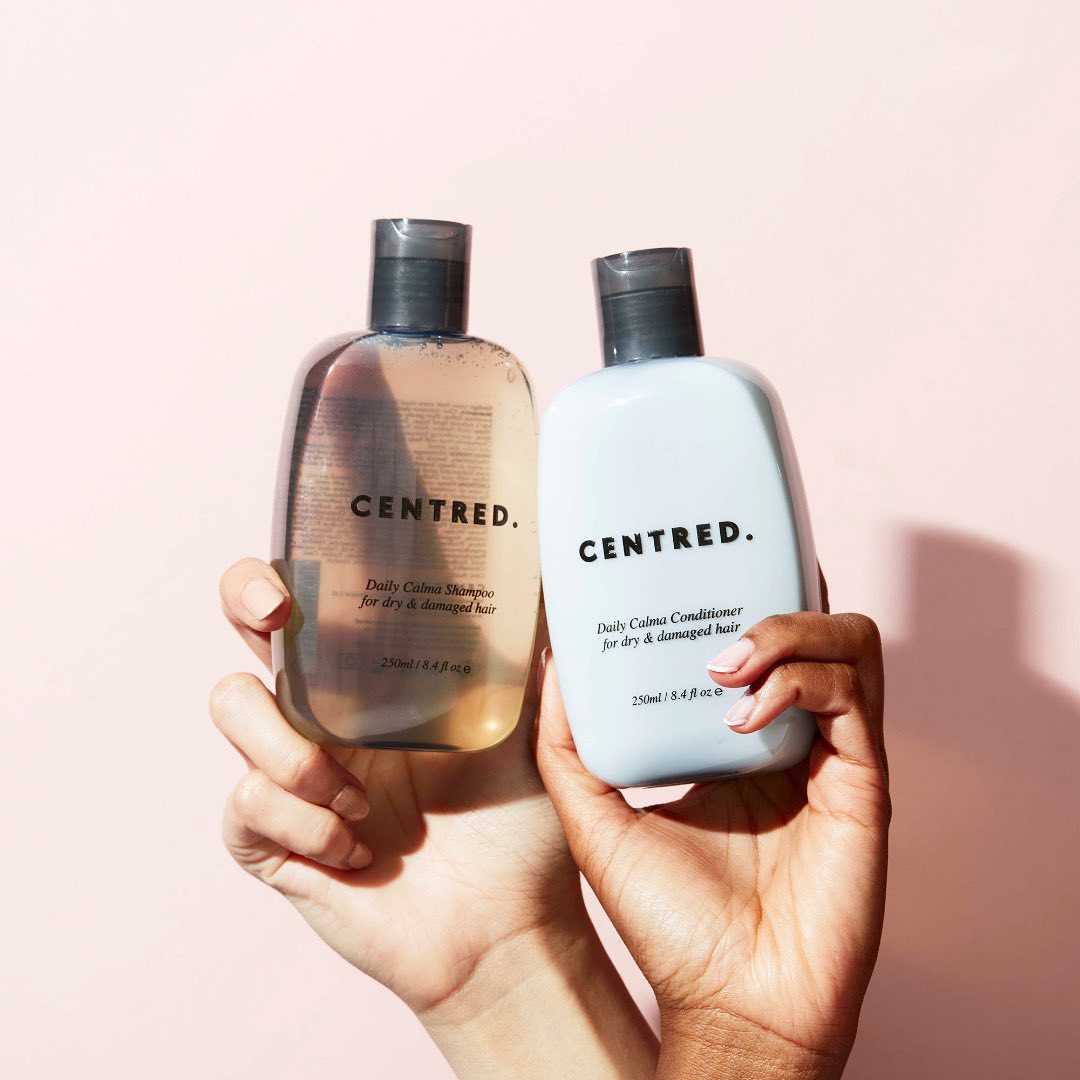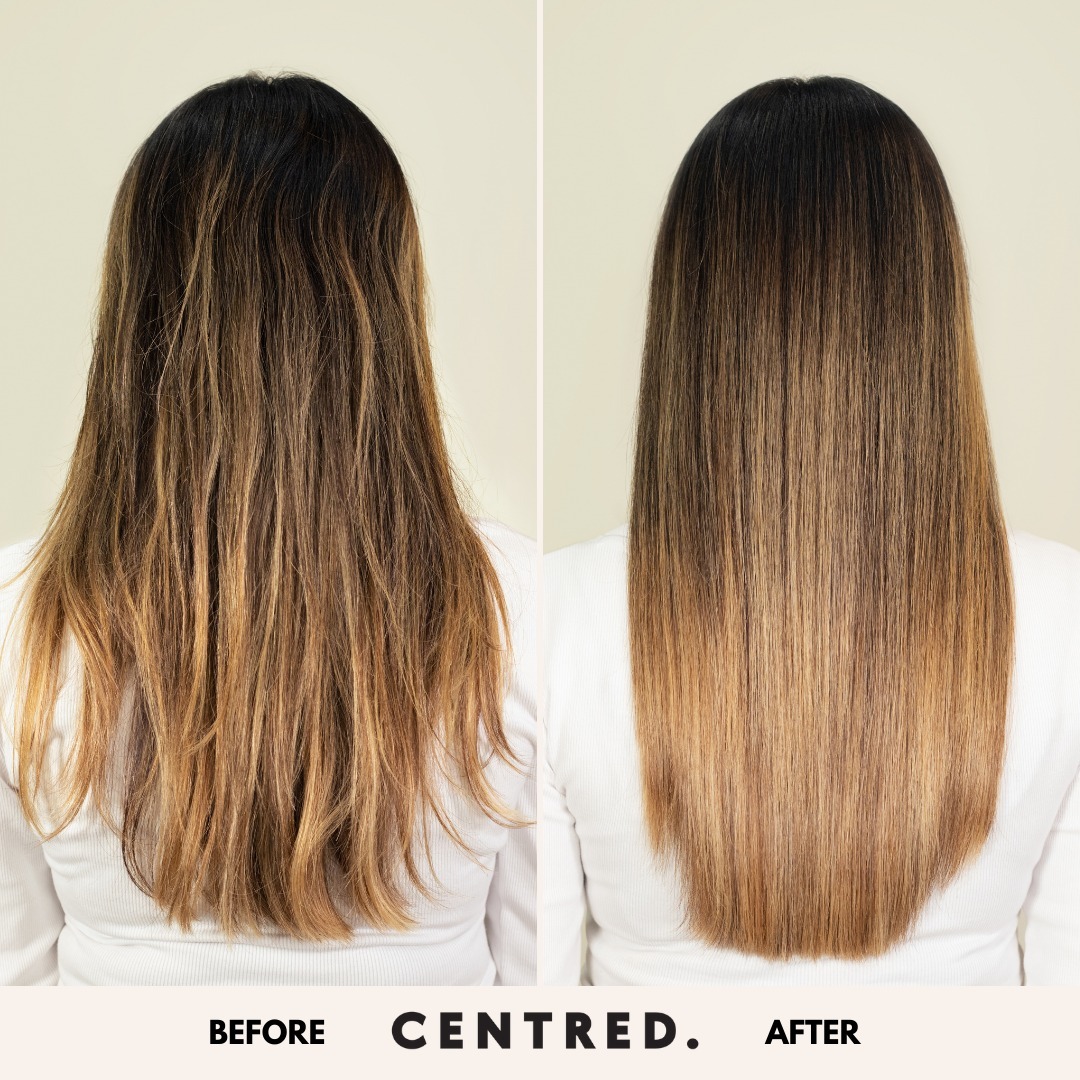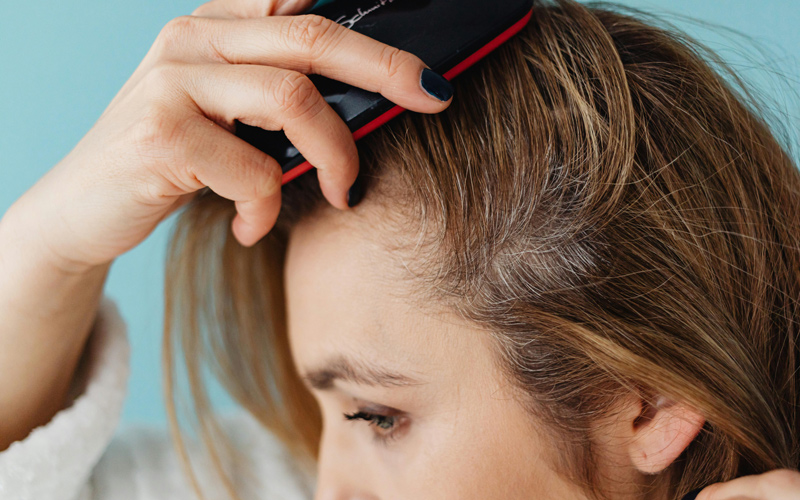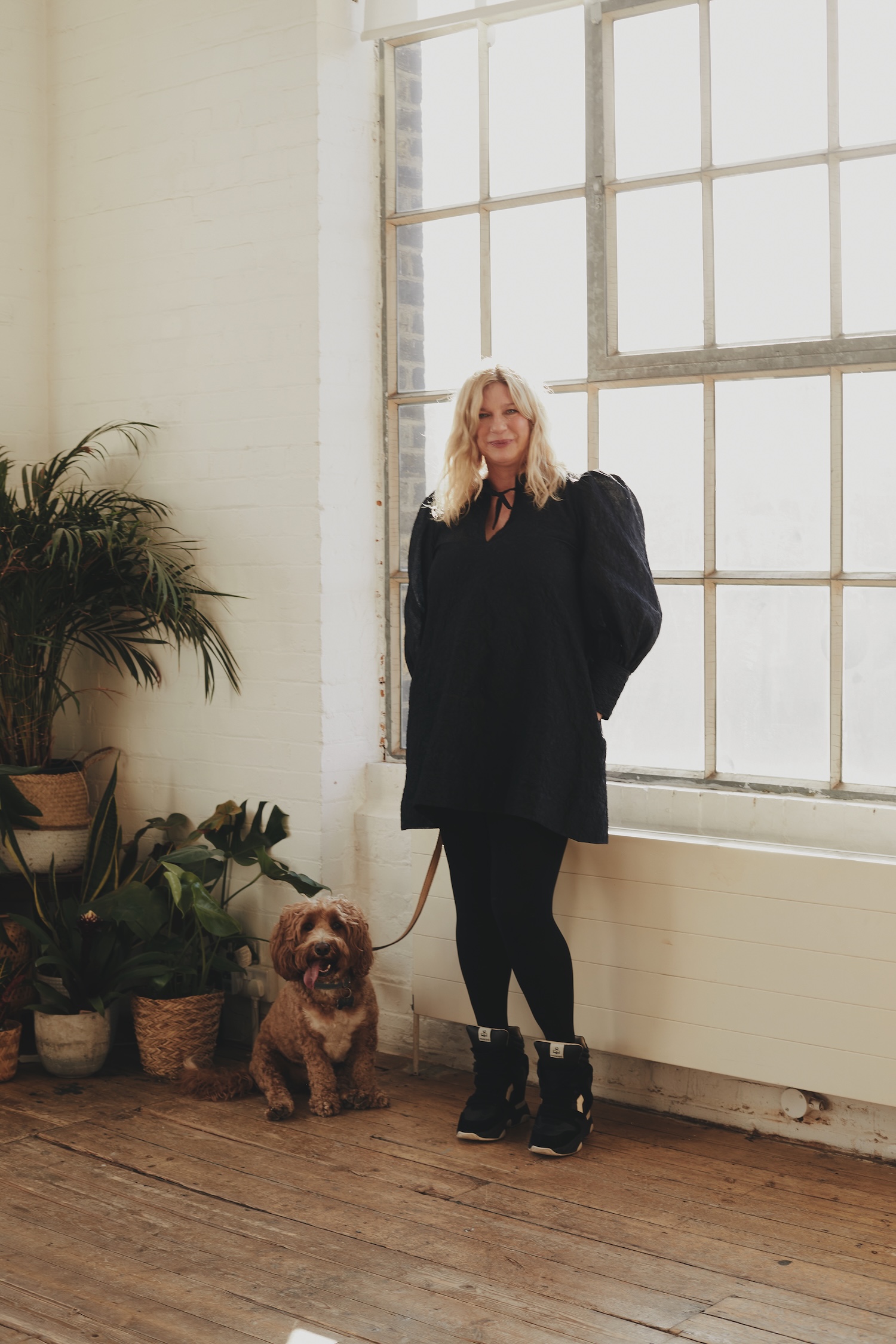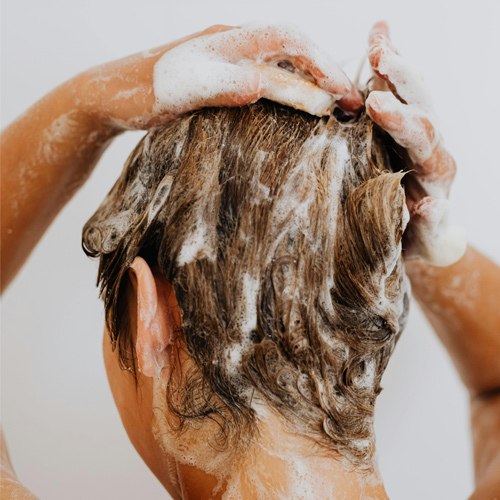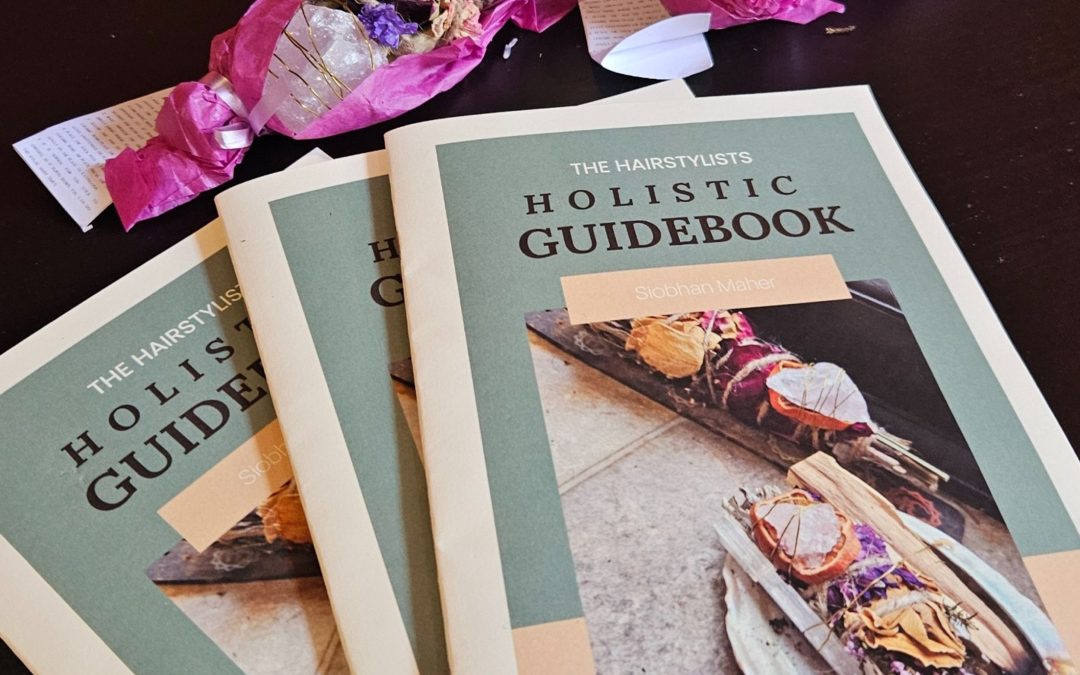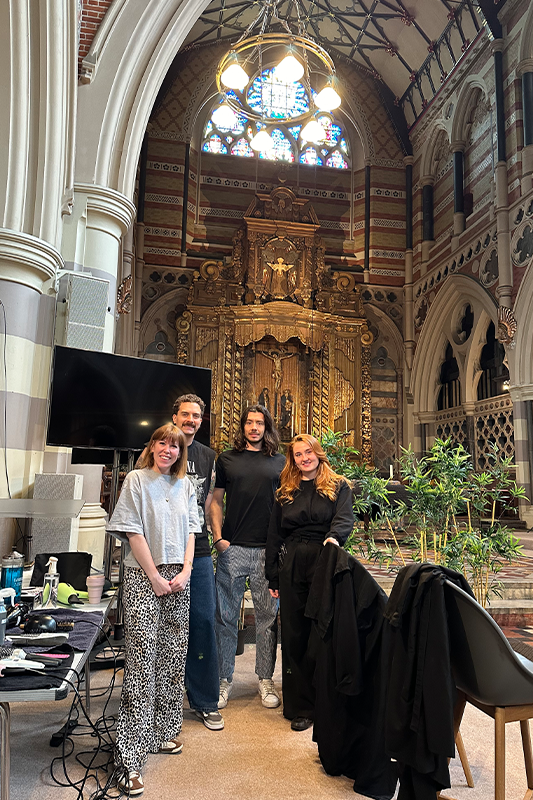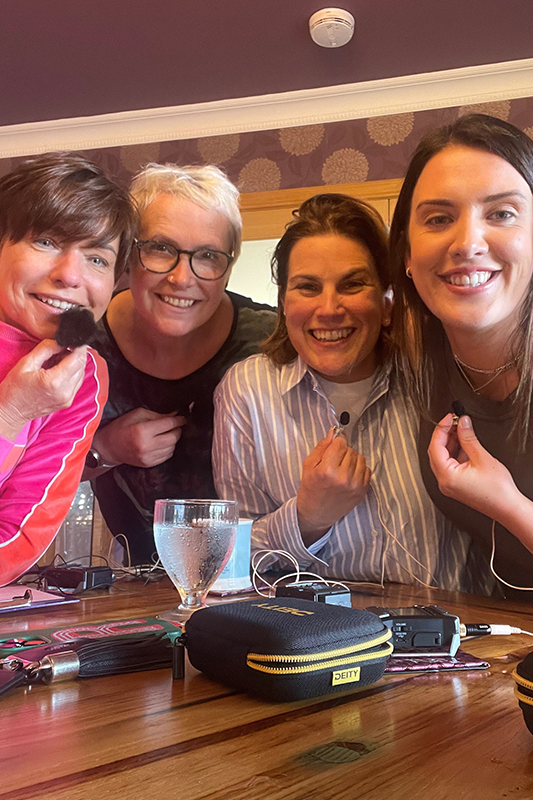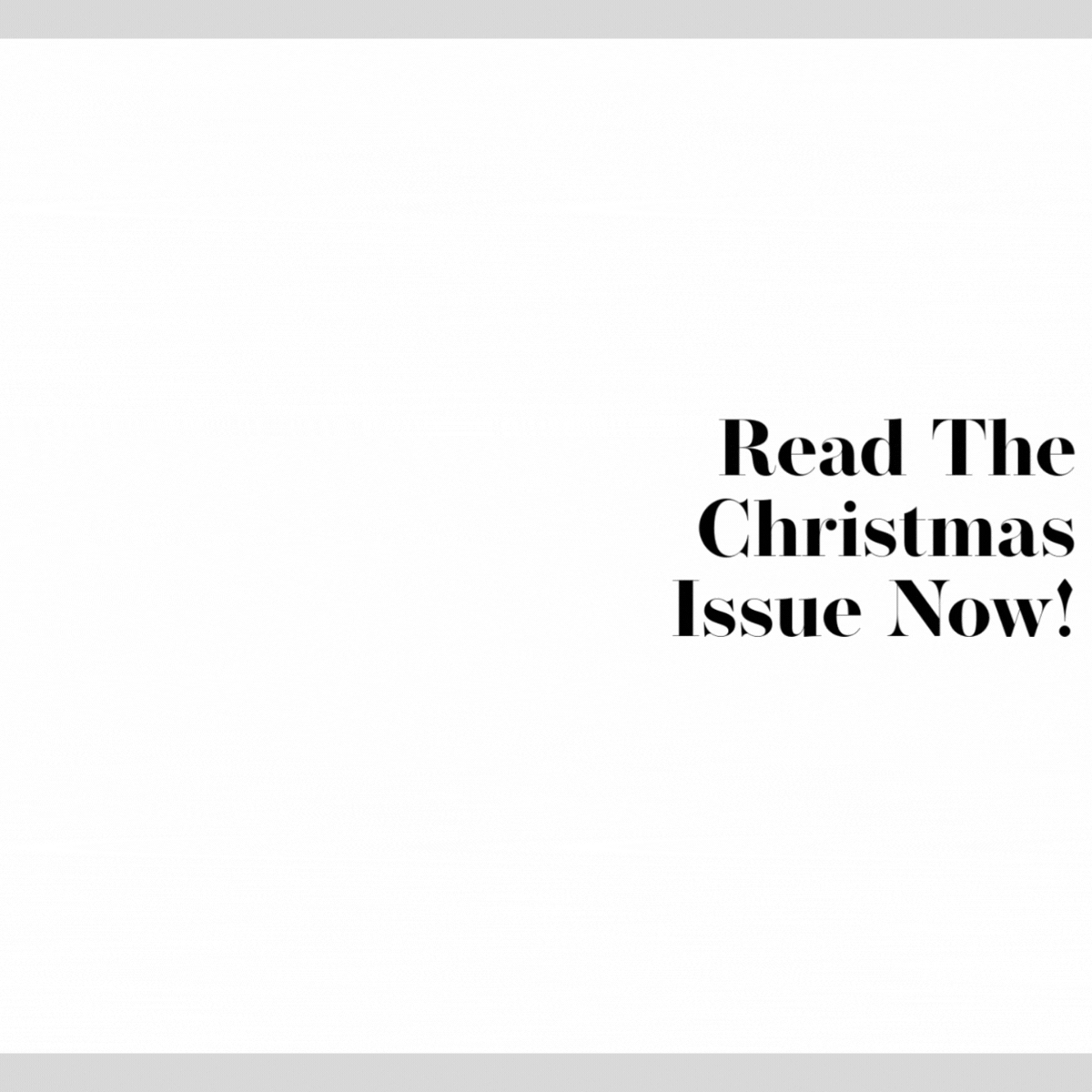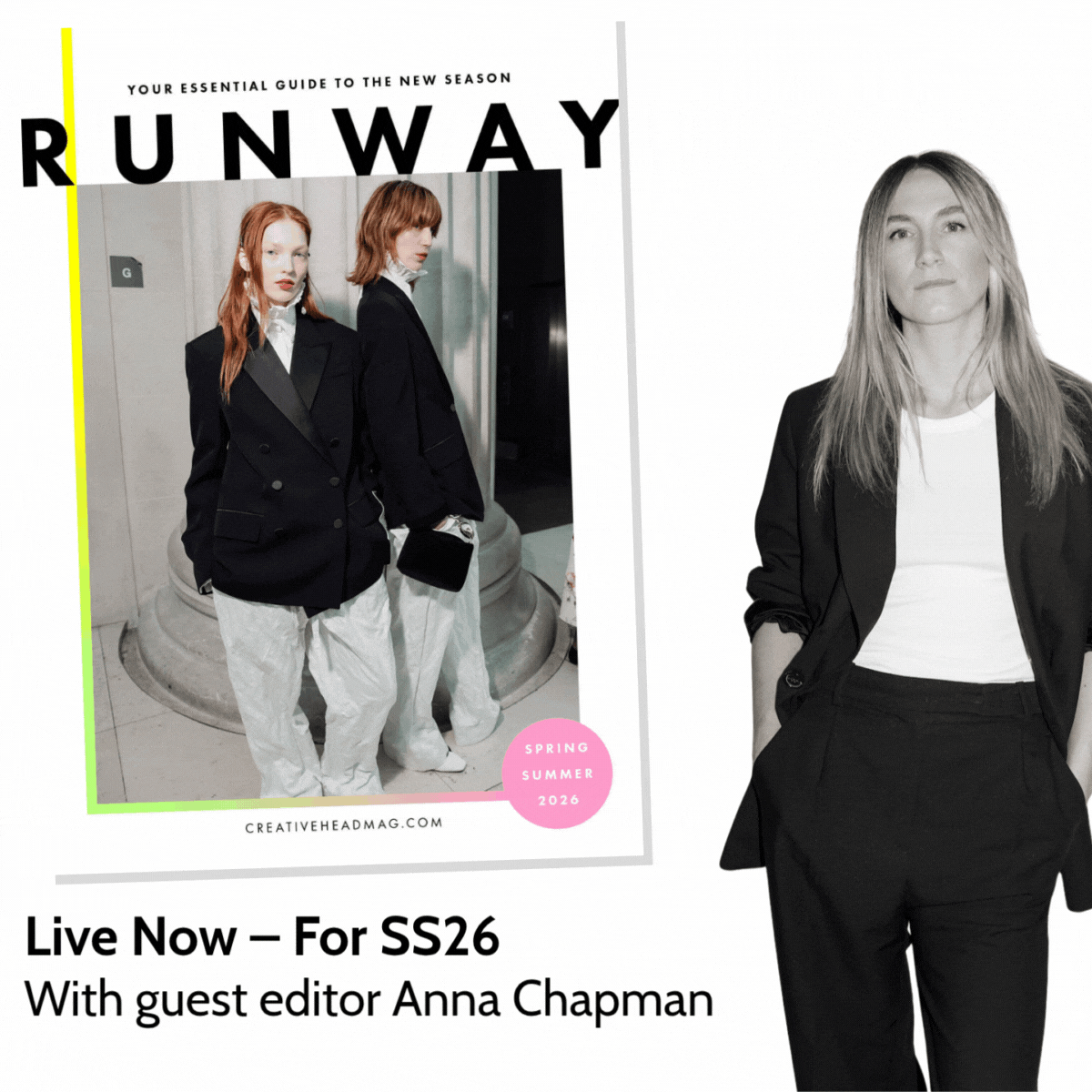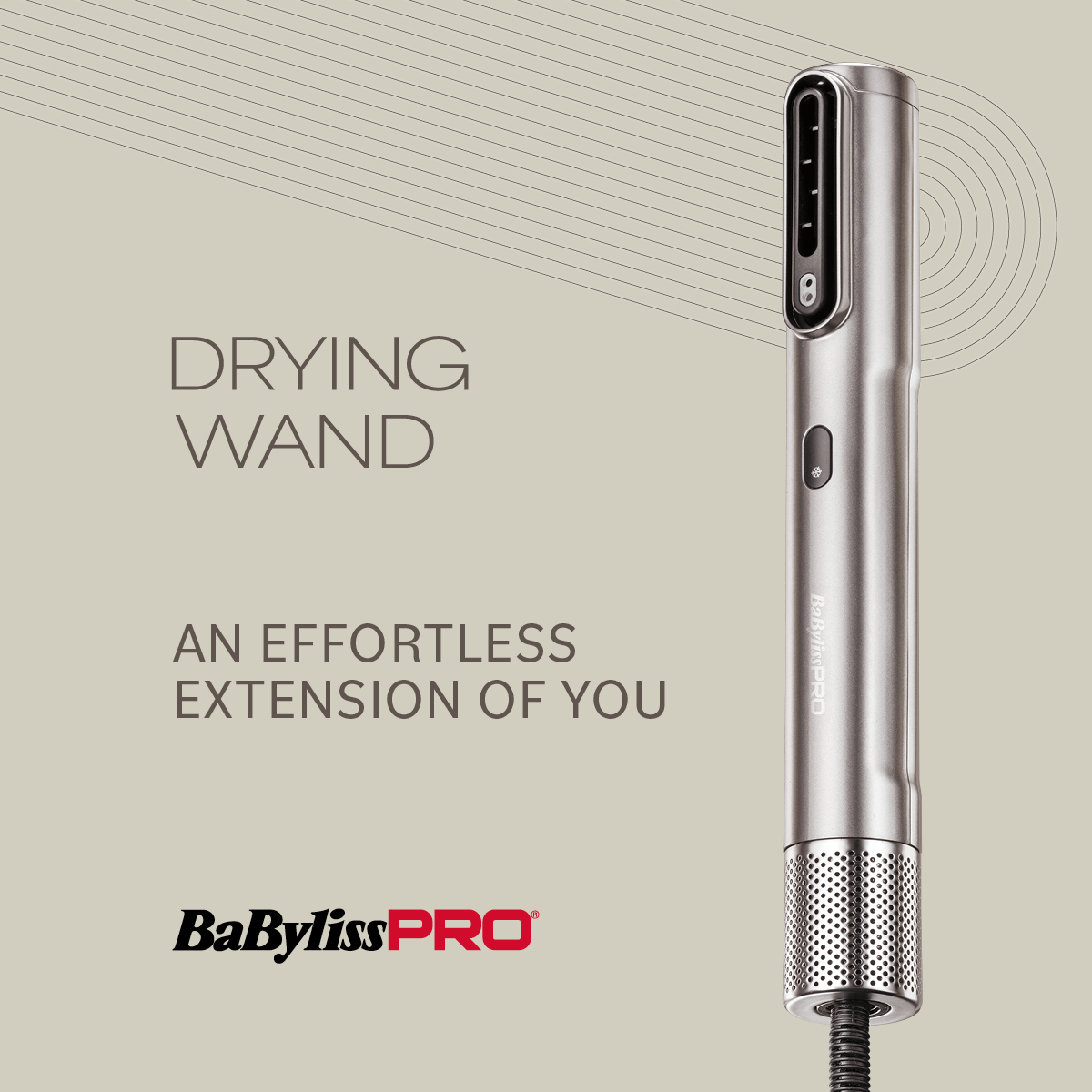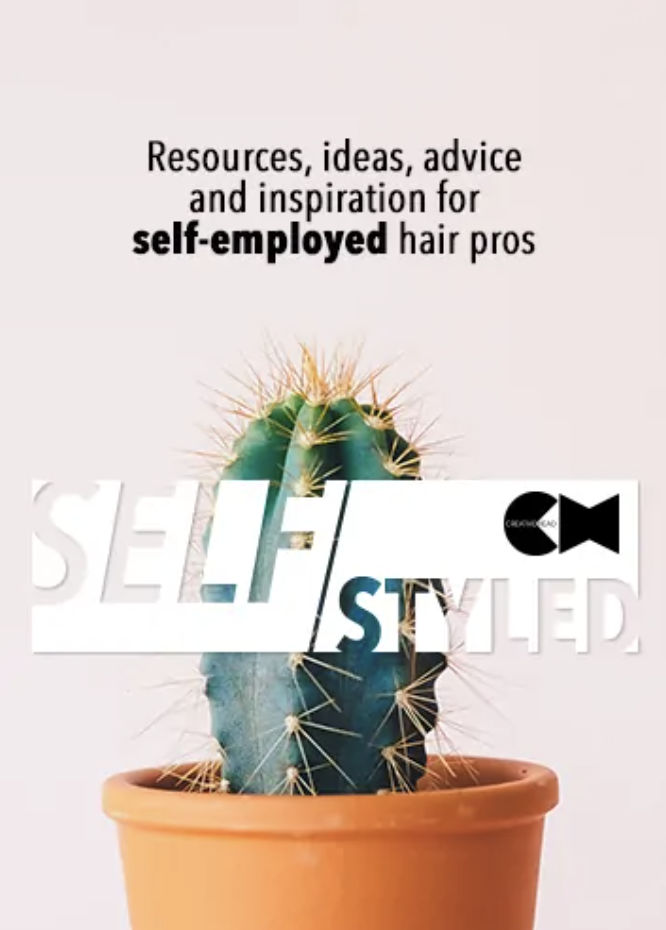
‘It Would Have Been The Easy Route To Open On Saturdays’ – Sacha Fleming On Her Forward-thinking Approach To Salon Business
‘It Would Have Been The Easy Route To Open On Saturdays’ – Sacha Fleming On Her Forward-Thinking Approach To Salon Business
Closing Saturdays: why Sãn Studio is rewriting the hairdressing rulebook
by MADDI | DOCUMENTS
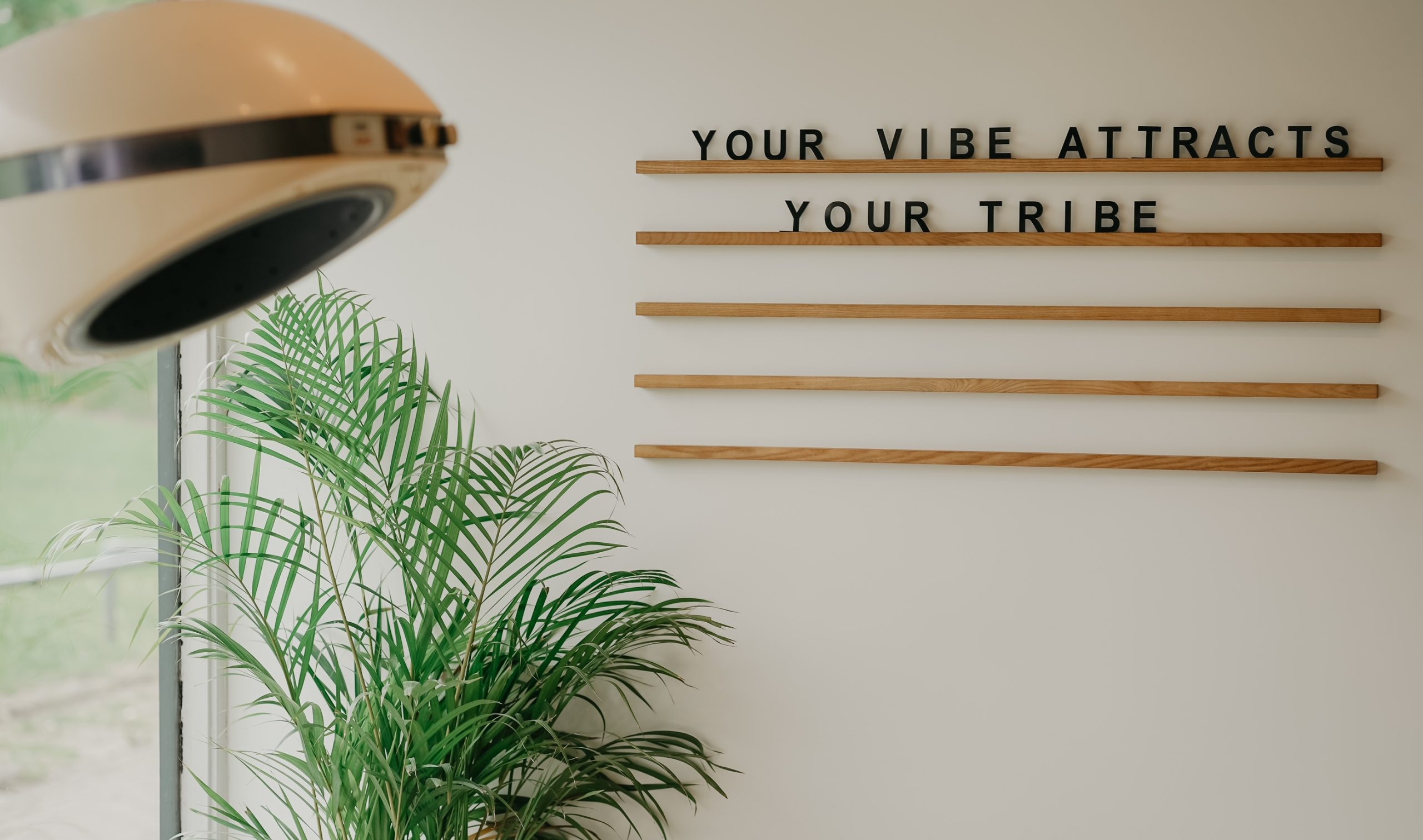
In a bold move that challenges longstanding industry norms, Sacha Fleming, founder of Sãn Studio, has chosen to close her salon on Saturdays. The decision, rooted in her desire for a better work-life balance, has not only reshaped her business but also inspired her team and clients to rethink what really matters.
For Sacha, closing on Saturdays wasn’t just a business decision; it was deeply personal. “I wanted to achieve my dream of a work-life balance, creating a working life that would always fit in with my family,” she shares. “Taking time for myself and our family instead of creating a crazy hectic business life that I ended up hating.”
When Sãn Studio opened, Sacha made it clear: Saturdays were off the table. “It would have been the easy route to open on Saturdays, an age-old tradition and service we are expected to provide,” she comments. “It would bring in more clients and more revenue, but it wouldn’t make us happy. We have no plans to change it. We get a proper Friday feeling, and we love discussing our weekend plans!”
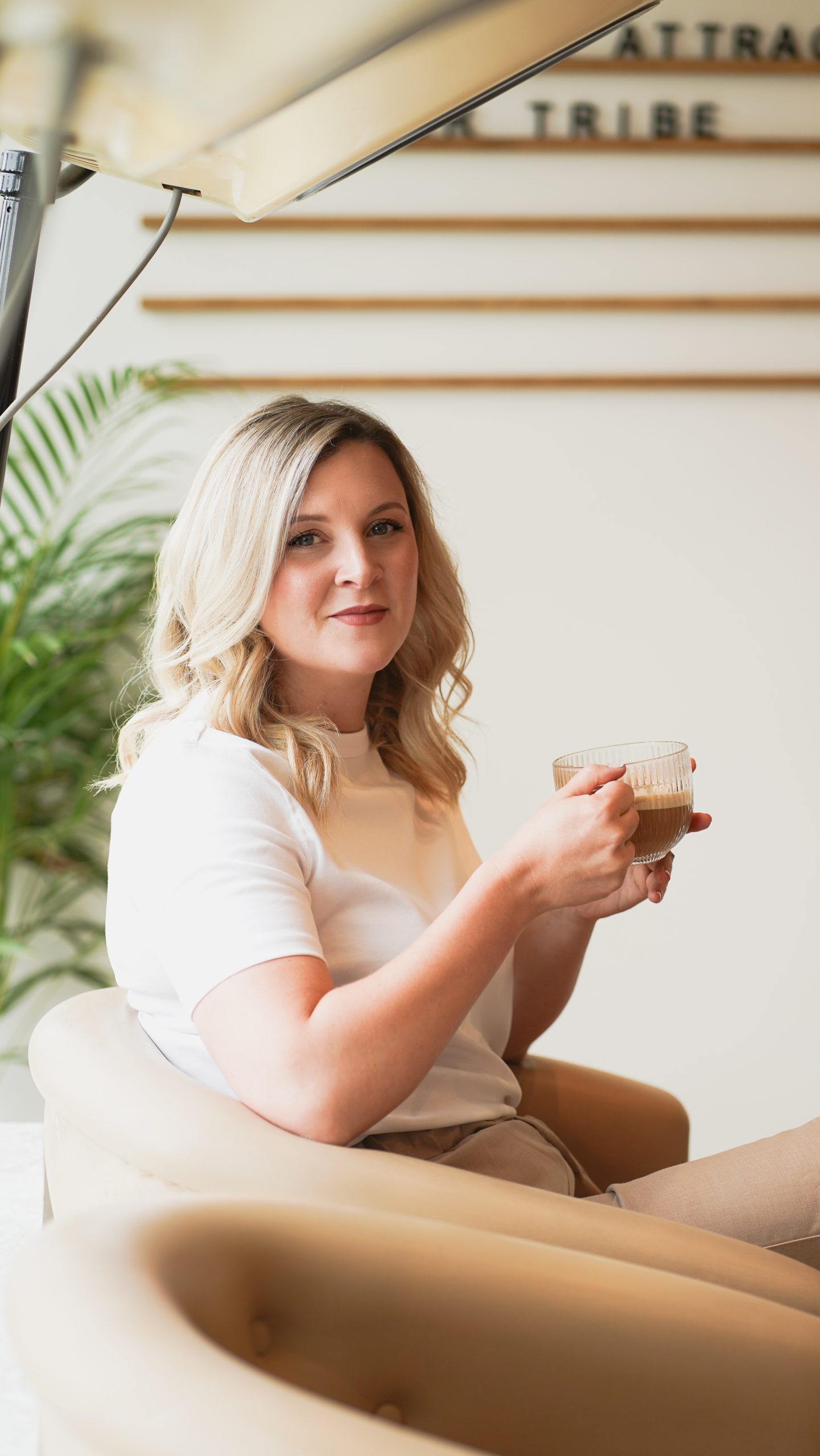
Sacha Fleming
Sacha noticed a shift in how clients scheduled their appointments, with Saturdays no longer the busiest day of the week for many businesses. “I saw more and more people arriving during the week for hair appointments with their laptops in hand, ready to continue work while fitting in their routine hair appointment,” she explains.
This observation became central to Sãn’s design, which features purpose-built work-from-home stations. “Creating purpose-built work-from-home stations for clients to comfortably work with everything they needed was our way into freeing up our weekends,” Sacha says.
Three months after opening, the concept has been a hit. “We now have online bookings specifically requesting a work-from-home station,” Sacha says. “So much so, we already have plans to build more in the new year.”
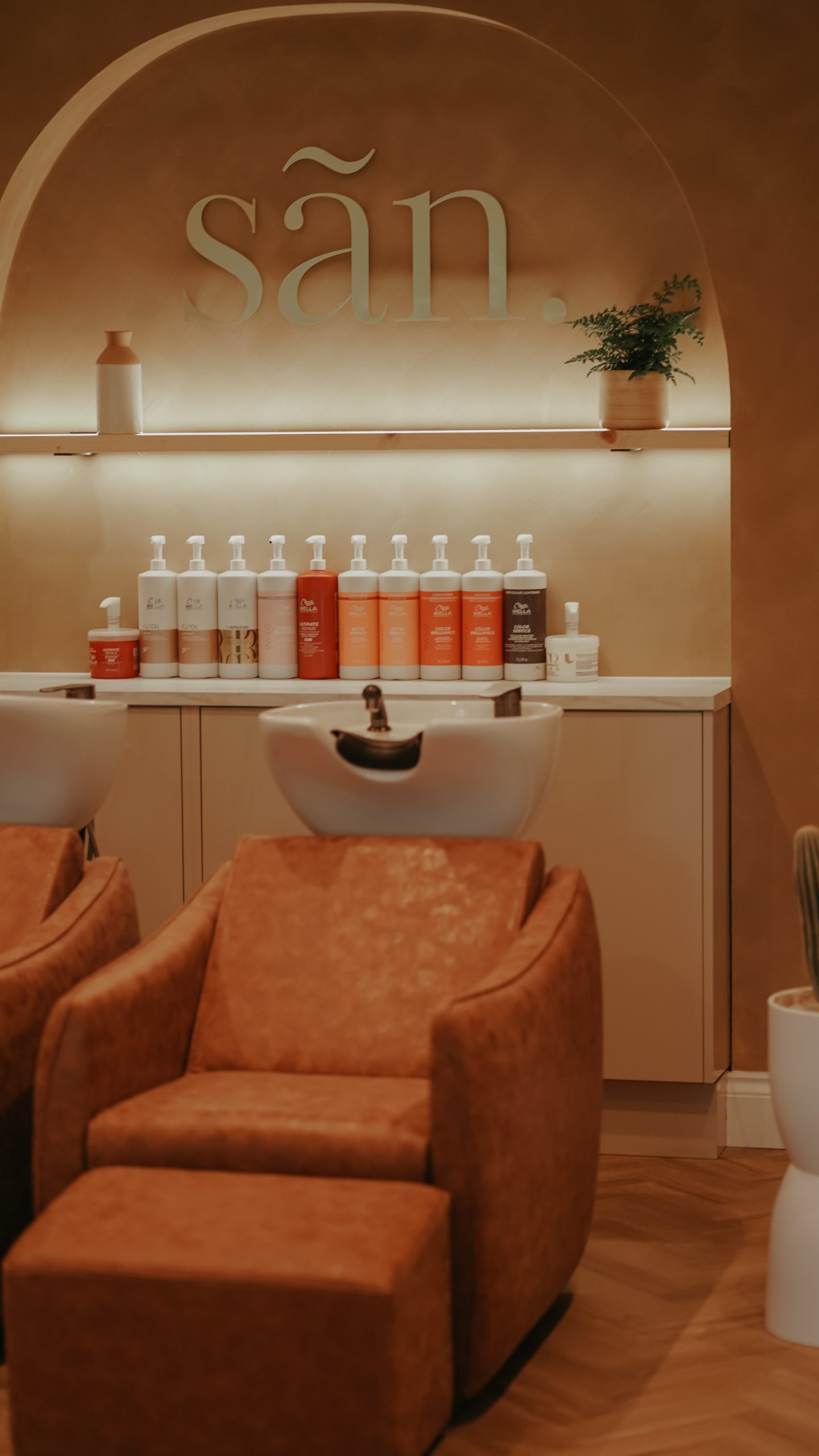
San Studio
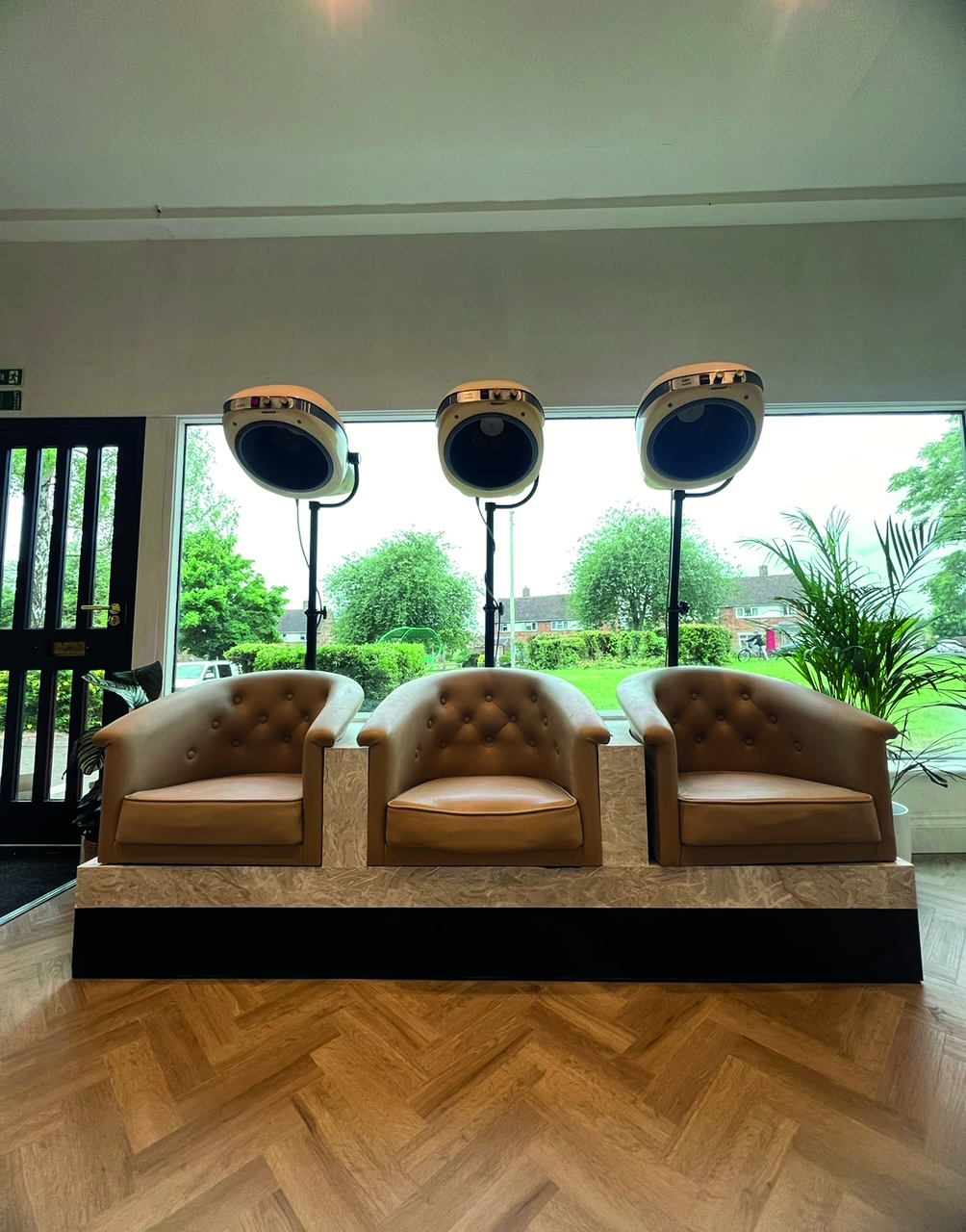
The response from clients has been overwhelmingly positive. “Clients have been amazing – some switching it up and working in the salon during the week instead to make sure they can get in, others praising us for putting ourselves first,” Sacha shares.
She highlights how many women have supported the decision. “Women in our chairs tell us every day about how important it is to be around your family and how fast those early years go. My children are three and five, and my husband and I have them as our number one priority.”
The decision has also had a profound impact on the team. “It has encouraged all the girls working within Sãn to put personal and family life first,” Sacha mentions. “Something, as hairdressers, we have struggled to do in times past.”
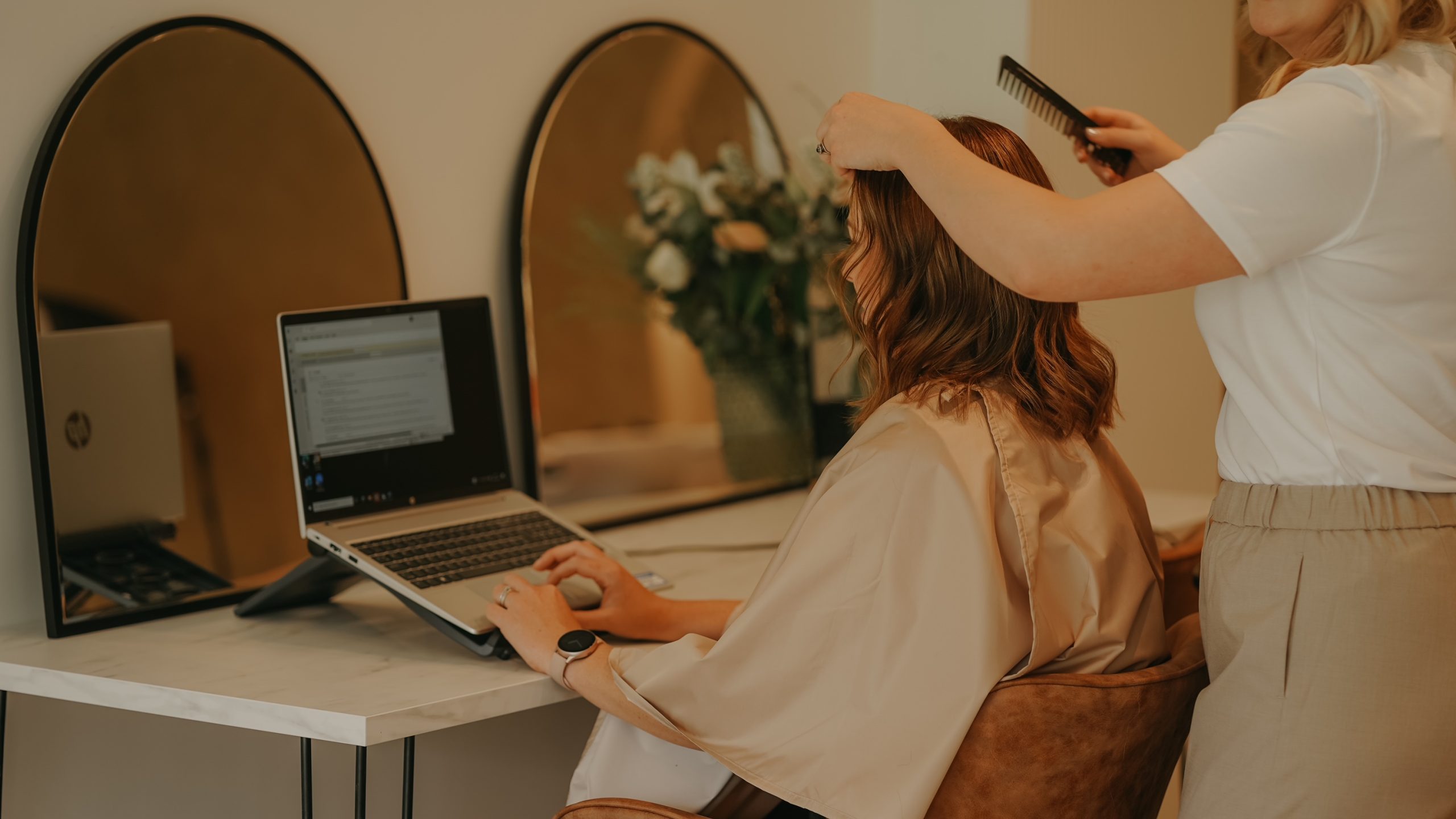
San Studio
Sacha’s advice to fellow salon owners considering a similar move is clear: “It’s a huge decision. It’s not easy. But we all must be aware of a happy, sustainable workplace. Be bold and choose you!”
By closing on Saturdays, Sãn Studio has set a new standard for what a modern salon can look like – one that prioritises well-being without compromising on quality. With plans to expand their work-from-home spaces and growing support from clients, Sacha is confident in the path she’s chosen. “We’re building something different, something sustainable,” she says.
